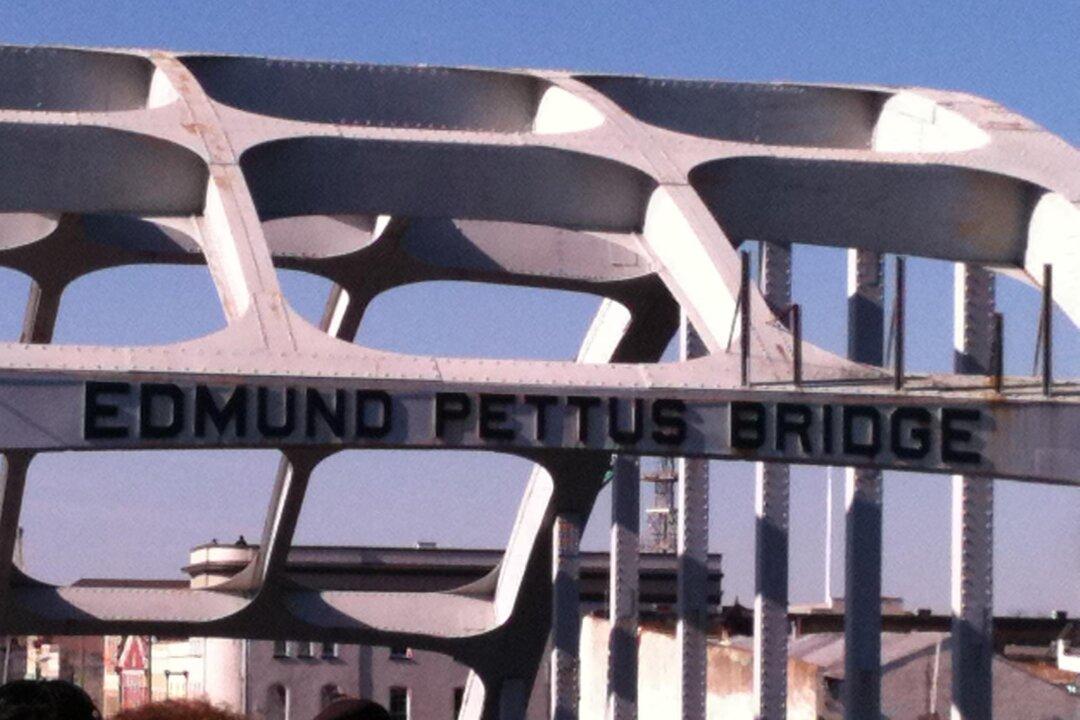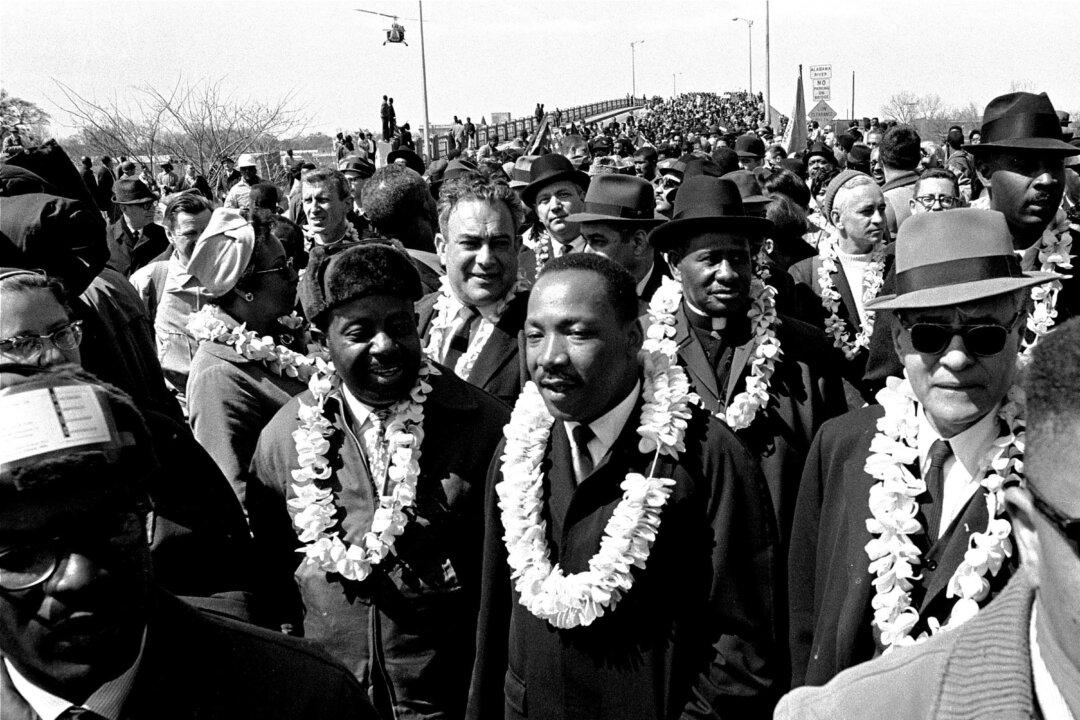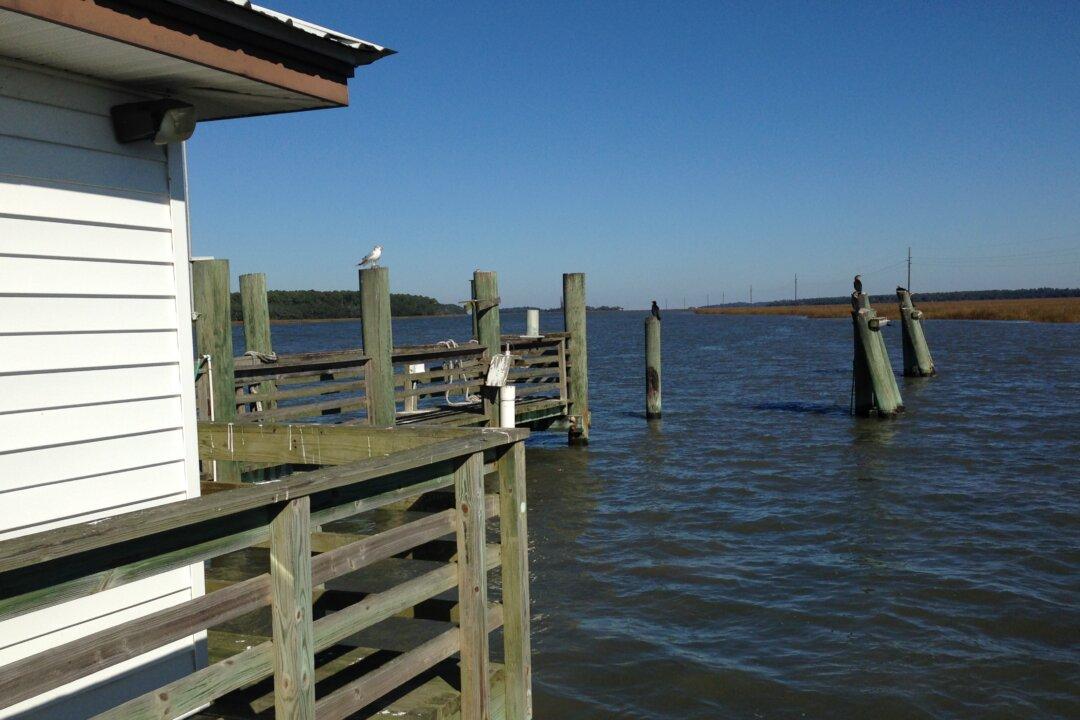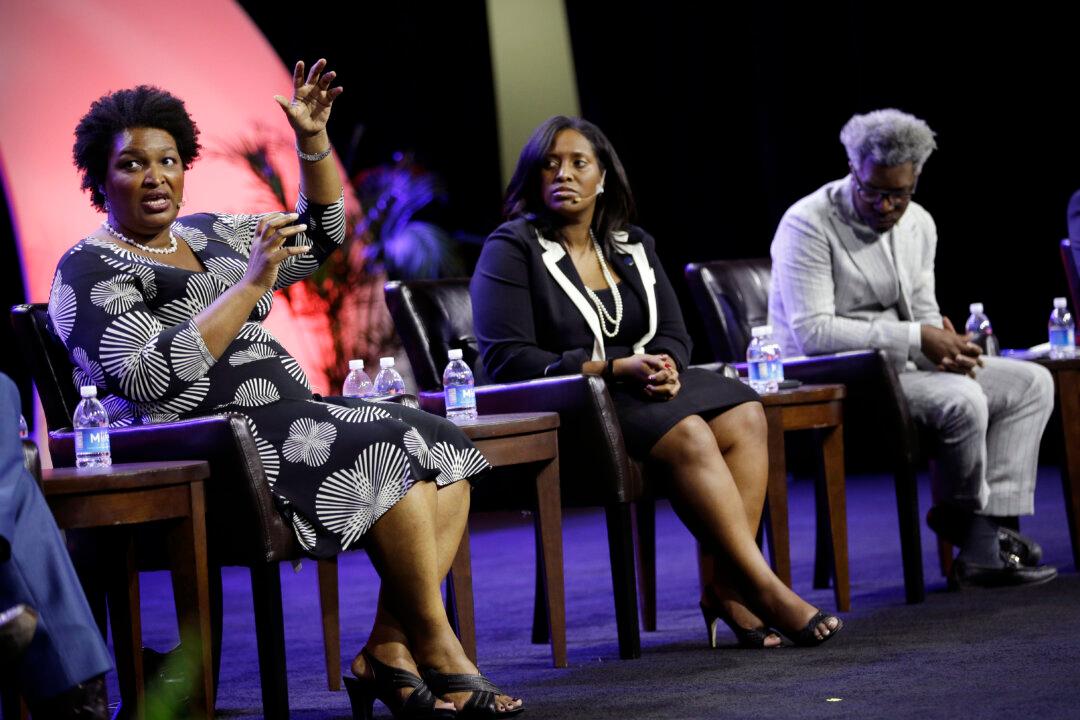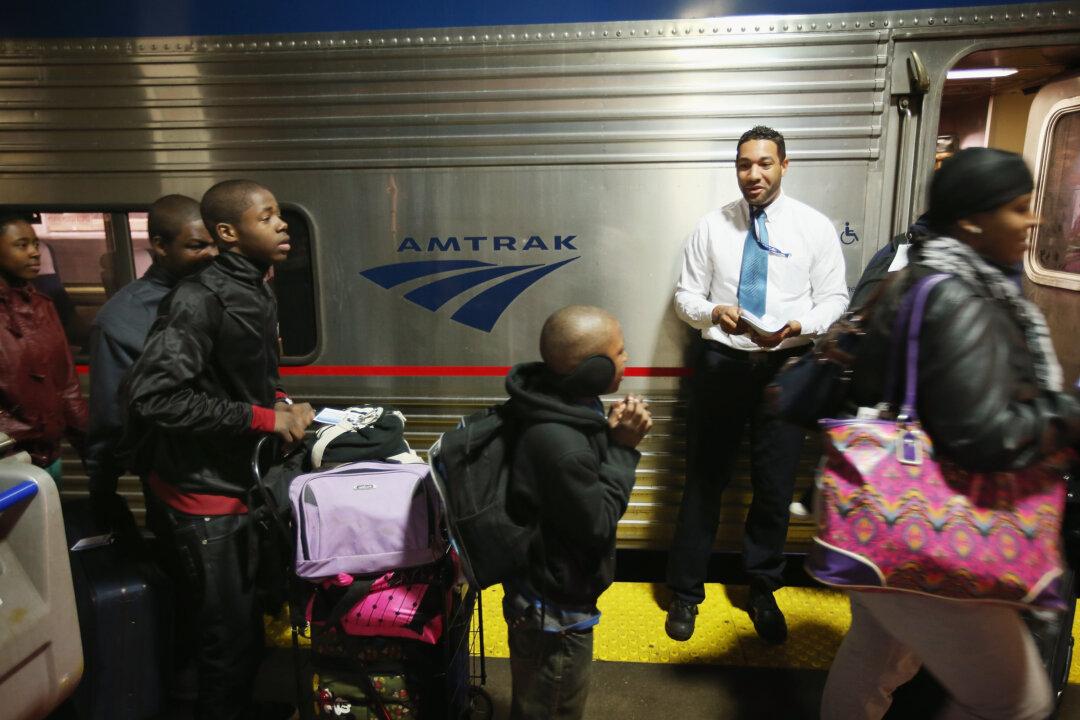When my husband and I were close to our destination in Alabama, we decided to stop for gas and stretch for a few minutes. I asked someone pumping gas nearby, “ How far are we from Selma?” I already had an idea, but I wanted to confirm that my GPS was not off kilter. “Selma is not far from Montgomery. It’s about forty five minutes from here. Where y'all from? Are you going to the march?” he asked. Exhausted from the long ride, I just nodded affirmatively, muttered “yea”, and told him we were from Georgia. The words “are you going to the march”, seem a little surreal given that the year is 2013, and not 1965.
On March 3, 2013, the next morning-Sunday-we traveled to Selma for the Bridge Crossing Jubilee commemorating the “Bloody Sunday” march to Montgomery. Having visited Selma for the first time, I was amazed to learn that the size of the city belies its historical significance. Once we arrived, we went to Brown Chapel AME Church, where a crowd had already formed. Thankfully, because I was able to secure two tickets, my husband and I were able to sit inside this small church to hear sermons and speeches just as the marchers did in 1965.
The experience of 2013 was distinctly different in that, in addition to now Congressman John Lewis, the church was filled with political dignitaries that included, U.S. Attorney General Eric Holder and U.S. Surgeon General Regina M Benjamin. After the service concluded, the congregation joined others already standing outside for the re-enactment of the march. After the crowd had grown appreciably, we began to walk. As we walked toward the Edmund Pettus Bridge, I thought about the marchers of the Voting Rights Movement in 1965.They must have been filled with fear, determination, and anxiety, unlike the joyous excitement, and the celebratory sounds of drums that surrounded us as we continued to retrace the steps of the past.
When we turned down the street where the bridge was located, our excitement was diminished by the site of several security stations located near the foot of the bridge. The extra security was most likely because Vice President Joe Biden was one of several scheduled speakers. Because of the security check points, it took longer for marchers to gain entrance into the area near the stage.
Soon we heard speeches from a variety of elected officials, civil rights icons, the Attorney General, and the Vice President. After the last speech, someone on stage began to sing a familiar civil rights song, as the crowd sung along, it proceeded to the bridge. As I turned around and saw thousands of people, I thought about John Lewis and the 1965 marchers. How could they have mustered the courage to stare down dogs struggling fiercely against their owners’ leashes, for the freedom to gnaw the flesh of those seeking democracy’s promise? Why didn’t the fear of state-sanctioned billy clubs make the marchers run from the possibility of liberty, and flee to the certain, familiar ground of dependency? As we walked across the bridge, most of us were capturing the march through pictures or videos, and the media were scattered throughout the crowd recording our experience. The joyous smiles of the marchers were consistent with a sentiment of celebration because while we knew others suffered tremendously in the past, in 2013 we are enjoying the harvest their struggles.
On June 25, 2013, the United States Supreme Court, in the case involving Shelby Alabama, struck down as unconstitutional the formula used in Section 4 of the Voting Rights Act, based on the belief that, essentially, the barriers faced by those that the Act was designed to protect in 1965, no longer exists in 2013. When I learned of the Supreme Court’s decision, I sought out and looked through the photos from Selma. As I looked at the smiling faces of those strangers in the crowd, I wondered if they too feared that, over time, our country would return to the exclusionary political climate of the past.
In searching for the photographs, I came across a souvenir publication from Selma’s, National Voting Rights Museum and Institute. The front cover of the publication speaks volumes about our future. On the cover page is an iconic picture of Dr. King marching next to his wife, Coretta, alongside John Lewis and others. The caption directly above the photograph reflects the resilience of footsteps past: “1965: Voteless Then, Never Again!”
